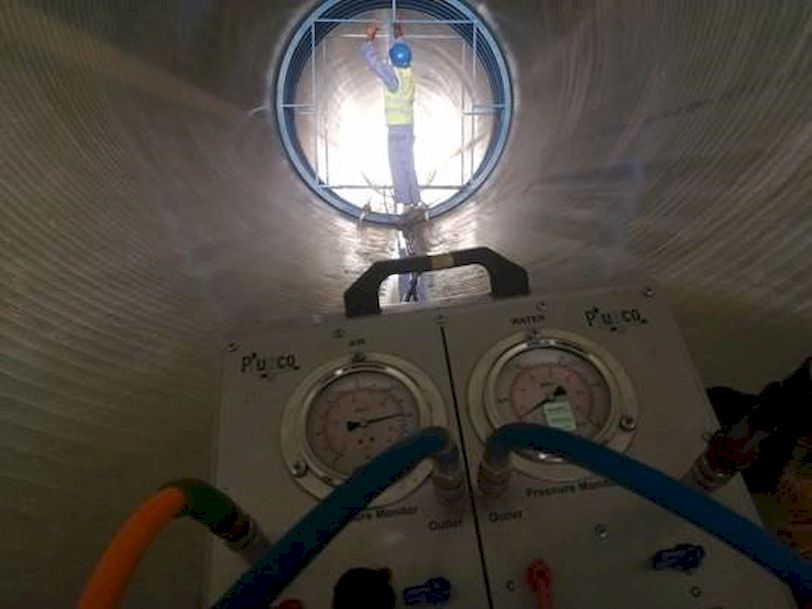Sewer pipelines are made up of several pipes that are joined together by connections. In some cases, it is necessary to test the leakage on these connections between pipes. PlugCo recommend to use joint tester to test the joints for diameters larger than 1000mm as per the European Standard EN 1610.
What is EN1610?
This is an international standard about Construction and testing of drains and sewers. This European Standard is applicable to the construction and related testing of drain and sewer pipes usually buried in the ground and usually operating under gravity but up to 0,5 kPa when surcharged.
PlugCo designs and manufactures the inflatable pipe plugs and pipe test plugs in a way to be suitable for EN1610 Standard.
Why is the joint tester recommended for the larger than 1000mm?
As per EN1610, unless specified otherwise, testing of individual joints instead of testing the whole pipeline can be accepted for pipelines, usually larger than DN 1000.
The joint tester should move to every each joint to complete the test. It can be moved by a worker inside the pipe. So, the pipe diameter should be accessible enough for a human. Therefore, joint tester is recommended for diameter larger than 1000mm.
Why has the Joint tester to be used?
Joint testers are trenchless solutions for tightness testing at the joints in concrete and GRP pipelines. Joint testers are designed to be used with air and/or water. PlugCo joint testers can be used to test any type of pipe material including concrete, GRP, PVC, steel, as well as concrete pipes with plastic liners. Joint Testers have many advantages, such as less water consumption and fast test time of joints. It can easily move inside the pipe thanks to its wheels.
When we want to test the joints, we use a joint tester as it requires less time, less water amount, easy testing, and easy movement inside the pipe; A Joint tester isolates a single pipe joint for testing which makes the test area limited and small. Therefore, the minimum amount of water can be used. Since a minimum amount of water is used, the water filling time will be much reduced and the overall test period will be shorter.
How to use the joint tester?
Once you have defined all required specifications, PlugCo team will certainly help you to get the right product for your application. Place the Joint Tester in the pipe and ensure that it is deflated. The wheels on the joint tester make it easy to move inside the pipe. So, once the product is in front of the joint to be tested, center the JT with bolts until the centerline of the JT and the pipe sections are aligned.
Inflate the bladder, by connecting the air hose, to the maximum inflation / working pressure, and also connect the water hose to fill the water in the test area. Then wait for the minimum period mentioned in EN1610 or specified by the consultant. If there is no leakage from the joint under pressure and the pressure drop is acceptable, this means that your leakage test has been successfully completed. By watching this video, you’ll know more about using the Joint Tester.
